| |
Reader Collection > Blog > Picture Borders on Printed Art
|
|
| |
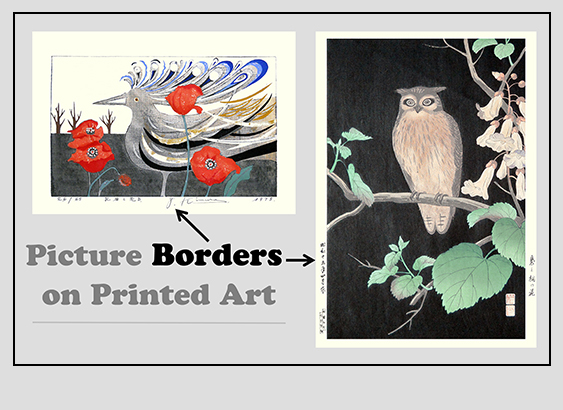 |
|
| |
Printed art made by contemporary Japanese artists looks much the same as printed art made by European and American artists. Each print has four, often large picture borders with all written information about the print included within the bottom picture border. This information may include the print's title, edition number, date and artist's signature. Surprisingly, this signature is most often written in the roman alphabet (i.e., rōmaji) instead of a Japanese syllabary (i.e., kanji, hiragana). A typical example of a contemporary Japanese print, chosen from the Reader Collection of Japanese Flower-and-Bird Art, is shown below. |
|
| |
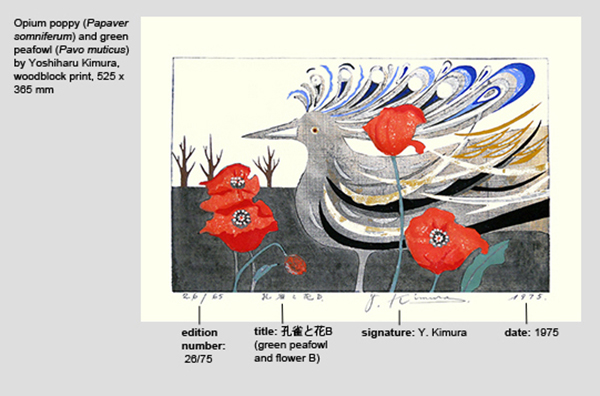 |
| |
Picture borders were very different on earlier Japanese prints. These differences are summarized in the table below. |
|
| |
|
Date
|
Foreign Influence
|
Number of Picture Borders
|
Artist's signature and seal
|
|
Additional Written Information
|
|
1950s to present day
|
European and American art
|
4
|
● written with rōmaji, hiragana or kanji syllabaries
on the bottom picture border
|
|
● picture title, date, print edition number written with
rōmaji, hiragana or kanji syllabaries on the bottom picture border
|
|
1930s-40s
|
European and Chinese art
|
4
|
● written with kanji syllabary on the picture
|
|
● picture title, date, publisher's name written with
hiragana and kanji syllabaries on the side picture borders
|
|
1870s to 1920s
|
Chinese and European art
|
0-4
|
● written with kanji syllabary on the picture
|
|
● publisher's name written with kanji syllabary on a side
picture border
|
|
before 1870
|
Chinese art
|
0
|
● written with kanji syllabary on the picture
|
|
● none
|
|
| |
Japanese prints made in the 1930s-40s showed the influence of both European and Chinese art. The picture still had a border on all four sides, typical of European printed art, but text was written vertically on the side borders instead of horizontally on the bottom border and the artist's signature or seal was written in kanji on the picture instead of the picture border. Both the kanji signature on the picture and vertical text are Chinese influences. The text usually included the name of the print's publisher. Unlike contemporary prints which are published by the artist, most Japanese prints made before 1950 were published by a printing company. An example of a Japanese print made in the 1930s-40s is shown below. |
|
| |
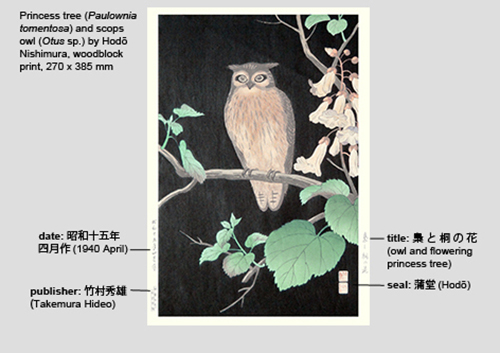 |
|
| |
Japanese prints made between the 1870s and 1920s show more influence of Chinese art than European art. The artist's kanji signature was written vertically on the picture and the publisher's name sometimes appeared in the picture border, also written vertically. No other written information was provided and most prints had no picture borders, typical of Chinese art. Some artists and publishers experimented with picture borders, adding one or more but prints with four borders were uncommon. Examples of these different formats are shown below. |
|
| |
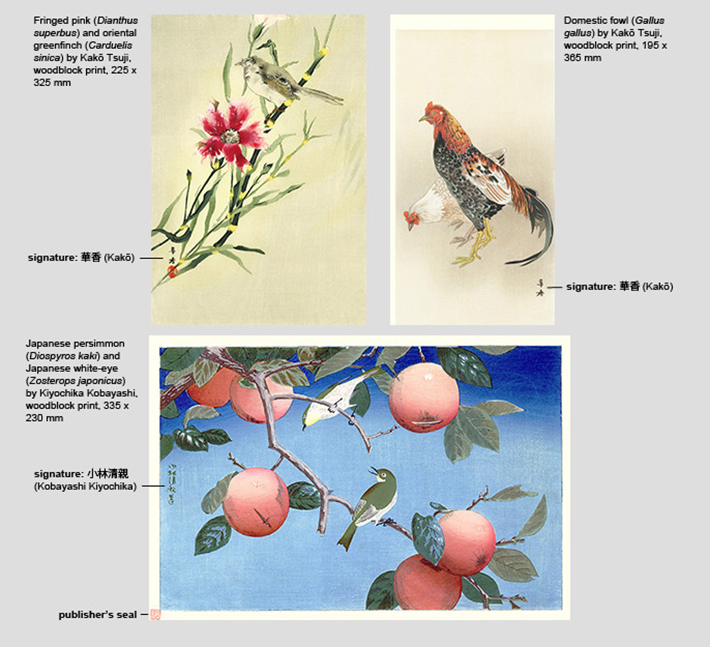 |
|
| |
Japanese prints made before 1870 showed the influence of Chinese art rather than European art. No picture border was standard and the only text included was the artist's kanji signature written vertically. A typical example of a print made before 1870 is shown below. |
|
| |
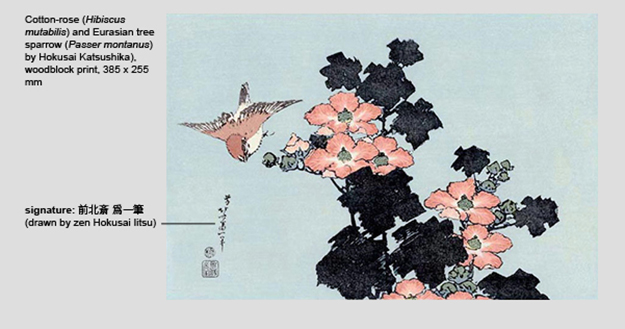 |
|
| |
Back to Blog
|
|




